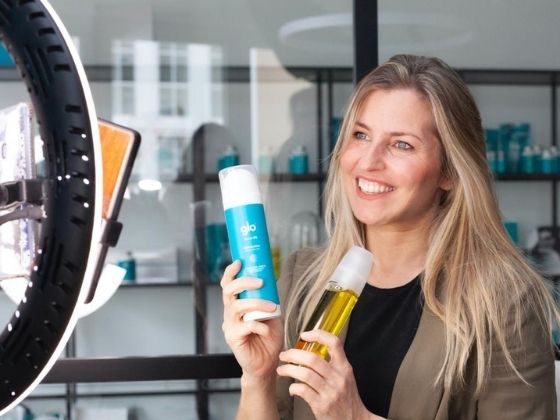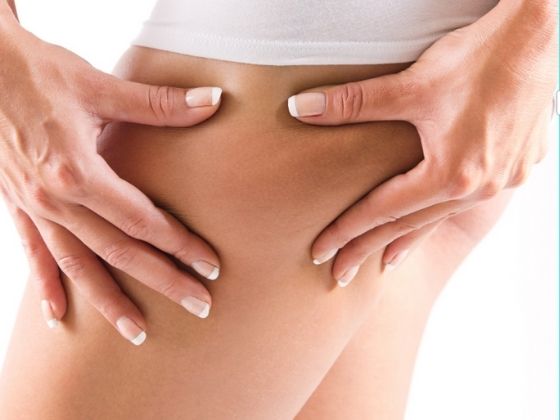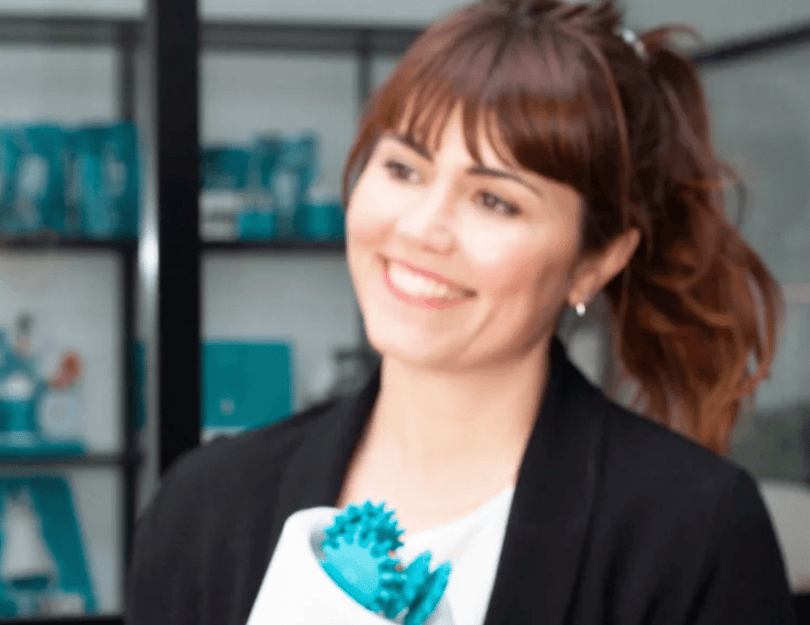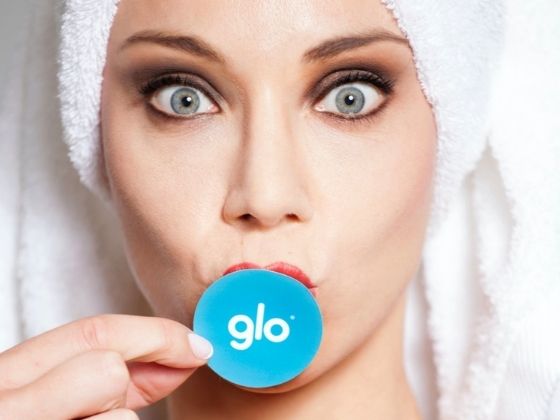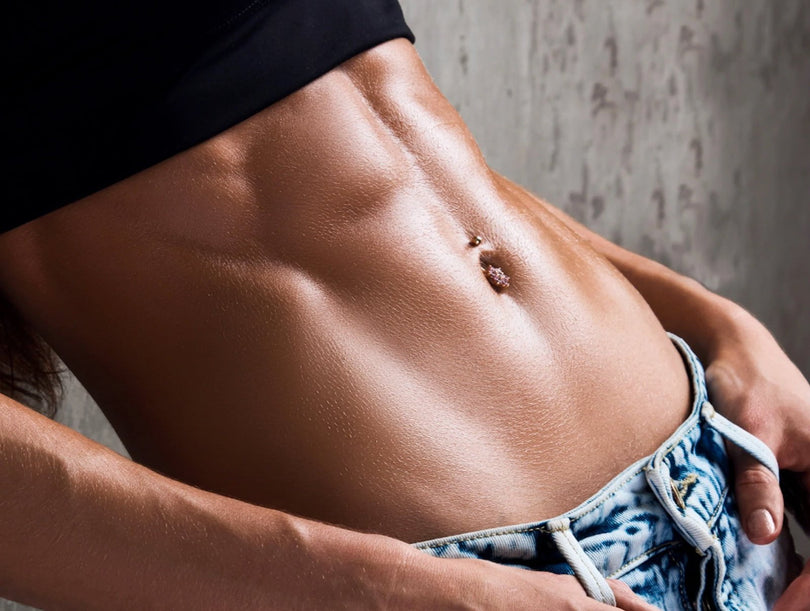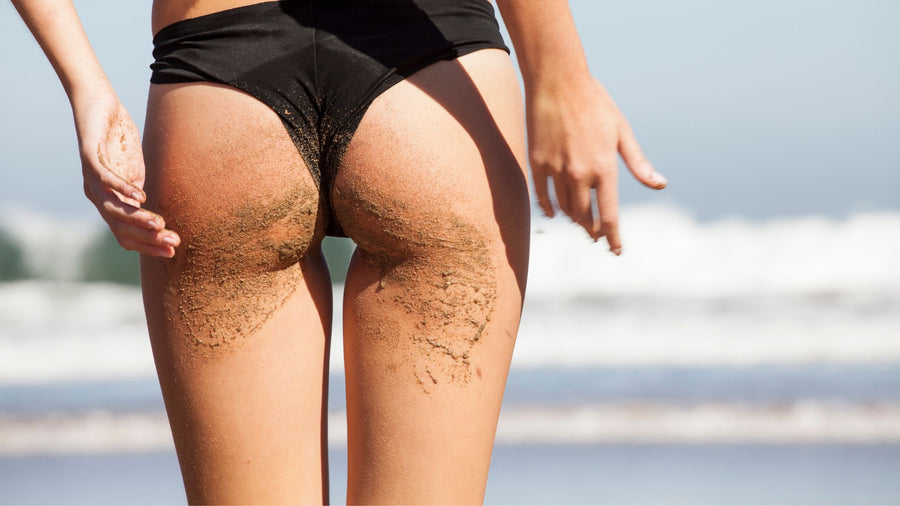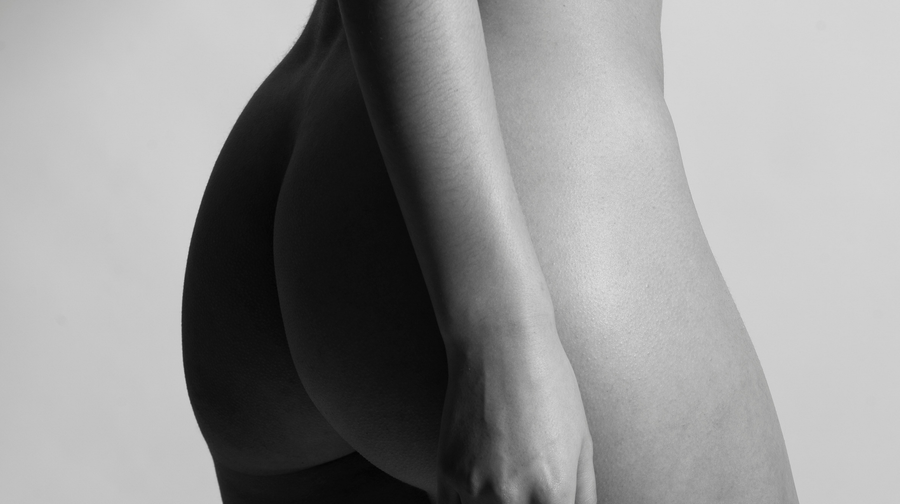If you are worried about your cellulite and you are having trouble getting rid of it, we are going to explain the reason for its resistance and also explain how you can combat it with results.
To begin with, it is important to understand what cellulite is, why it appears, what causes it, etc. Depending on what stage it is at and what type of cellulite you have, it will be more or less complicated to fight it.
To act on cellulite and get results, the first step is to know what type of cellulite we have (soft, hard, edematous, mixed...), in what grade it is (between I-IV), if it is localized or generalized... that is, to make a first diagnosis.
First of all, we know that 9 out of 10 women have cellulite at some point in their lives. It is something common and very often related to hormones and female genetics. However, there are other causes more related to lifestyle habits, on which it is easier to act: food, exercise, etc.
The more sports I do, the more cellulite I have, why?
Exercise is always a positive and healthy thing, and by exercising, the blood circulation is reactivated and the capillaries in cellulite-prone areas grow, allowing blood to reach all cells better. By oxygenating the tissue affected by cellulite, we will always achieve an improvement.
Let's use these charts to understand why it is so difficult to get rid of cellulite, even with diet and exercise. It will also help us understand why it is possible to have cellulite and be slim.

In the graphic, we see a representation of the skin without cellulite where the tissues of the lower layers down to the muscle can be seen. In healthy tissue, the adipocytes are kept in a space free of retention and toxins, and the connective tissue also looks healthy and elastic (it is practically collagen fiber), making the skin look smooth and uniform.
Underneath, there is a layer of fat over the muscle, which will increase if we eat more than we burn, making us fat and gain weight; it will also decrease with diet and exercise.

The graphic shows cellulite skin, with the typical "orange peel" appearance. It can be seen how the extracellular tissue around the adipocytes has become saturated, causing them to increase in size and quantity, congesting the tissue. The connective tissue loses elasticity and hardens, and fibrosis occurs, encapsulating the nodules.
This process begins with fluid retention, which can be caused by hormonal or genetic causes, so it is not always linked to overweight or healthy lifestyle habits. That is why it is not uncommon to see young women and athletes with cellulite, which is usually hard and very localized.
Once we have cellulite, if we start exercising and dieting, we will act on the fat and muscle underneath it. But cellulite is almost immune, since it is encapsulated.
But cellulite has grades; grades I-II-III can always improve with proper exercise, helping to eliminate retention and improve circulation, as the fat nodules will not be so hard and encapsulated.
What exercises can be done to improve cellulite?
To improve cellulite, which usually accumulates in the buttocks, thighs, and hips, the best exercises are those focused on strengthening and toning the legs.
They should be exercises focused on losing fat and gaining muscle, so the ideal would be to combine cardio and strength.
One routine might be:
- Start with 10 to 15 minutes on a running machine, elliptical, or stationary bike to burn calories and get your body in tune.
- Squats are the best exercise for lower trunk cellulite. Start with some squats without weight with repetitions in sets of 3 with 15 repetitions each.
- You can accompany this exercise with some squat bounces.
- TIPS: Strengthen your abs and keep your back straight while doing this exercise.
If you notice cellulite accumulating on your arms, push-ups will help tone them. You can also do biceps push-ups with weights.
What is cellulite?
As we have seen in the previous charts, cellulite is a process that occurs under the skin and usually manifests itself in the form of "orange peel skin" on the surface of some areas of the body, such as the thighs and buttocks.

There should be no confusion between the bacterial infection called cellulitis and the aesthetic condition, which we also commonly call cellulitis. In this case, it is a particularly aesthetic issue that we can live with without any health problems.
We can distinguish between three types of cellulite at a very general level:
- Hard cellulite: common in young women and sportswomen. It is usually painful. The skin is tight and grainy and gives the sensation of being well adhered to the muscle. It is very fibrous and its treatment is complicated. Its typical location is on the knees and buttocks.
- Soft cellulite: the skin where you have cellulite has a more flaccid appearance, soft to the touch. In this article, we talk about it in depth. This type is usually associated with a lack of exercise, as well as very sudden ups and downs in weight.
- Edematous cellulite: the least frequent and the most complicated to treat. It is a case where there is a significant fluid retention problem, as well as poor circulation. It is located mainly in the legs and buttocks. It may hurt or not, but it has no associated flaccidity. It is mainly due to hormonal changes, fluid retention, or venous problems.
- Mixed cellulite: this is the most common and the one presented by most patients. It is characterized by the presence of several types of cellulite in different areas in the same woman.
Why does cellulite appear?
Many causes can produce its appearance: genetic causes, hormonal (puberty, pregnancy, menopause ...), sedentary lifestyle, poor diet, smoking, alcohol, sugary and carbonated drinks, and drinking little water a day ... obviously, the healthier our lifestyle habits are, the better, and in this case not only for cellulite, but to feel better and be healthier.
What happens in the subcutaneous tissue where cellulite forms?
The cellulite process usually begins with the accumulation of liquids that the lymphatic system has not eliminated naturally. This accumulation does not always mean that our legs swell, but that there is fluid accumulated in the cellular tissue. If we pinch ourselves, we would notice that there is some edema in the area.
When this occurs regularly, sugar polymers from the veins leak into the extracellular space and cause the adipocytes (fat cells) to hypertrophy, i.e. increase in size.
Gradually and progressively, the fat cells continue to grow in number and size. In turn, this causes congestion of the affected tissue, and a worsening of the micro-circulation, which produces a loss of elasticity of the fibrous septa or connective tissue, which tightens and pulls the skin inwards (dimpling). Each time the congestion is greater, it is a vicious circle that worsens irremediably, if not stopped.
Once cellulite has appeared, our skin presents an irregular appearance that is often called "orange peel skin" because of its characteristic irregular appearance formed by dimples and bulging areas.
1. The dimple forms because the naturally elastic connective tissue contracts. The tight connective tissue pulls the skin downward.
2. The bulging areas appear because fat cells thicken and grow in number, pushing out the superficial part of the skin.
Are there different degrees of cellulite?
Indeed, there are different degrees of cellulite depending on the hardness of the adipocytes or fat cells. If it is in grade I, we would be talking about incipient cellulite, which is very easy to treat and control, and would be appreciated by pinching the skin.
Grade II would be more visible, for example, when sitting and crossing the legs or standing, but perhaps not when lying down. When you are in grade III, it is already visible to the naked eye.
Up to this degree, if the correct tools are used and the treatment is constant, very good results can be achieved.
In stage IV, the adipocytes are usually very hard (like balls) with a lot of fibrosis, and more invasive methods must be used to try to improve it.
To summarize:
- Grade one: would be the mildest, and to see the cellulite, it is necessary to contract the muscle or pinch the skin.
- Grade two: without making any movement, it is already visible on the skin.
- Grade three: there are already many irregularities that are visible from far away.
Why won't my cellulite go away?
Going back to the concern that made you read this article, you are probably using a method that is not right for you or you are not being consistent (or both at the same time).
As you have seen, the cellulite process is complex and forms a vicious circle, and once it appears, we must first stop it and then work on its improvement.
You can spend a lot of money on creams, but using only a cosmetic product is not enough, you must combine it with a good massage that helps its ingredients penetrate better. You may notice an improvement in the superficial aspect of the skin, but it will not act on the underlying problem, which is at a very deep level, under the skin.
If your habits are very bad (do not eat well, do not drink water, smoke, do not move, etc.), it will be difficult to improve. Do not fool yourself in this regard. Although, once you have cellulite, improving your diet and exercising will no longer be enough, they will always help you.
If you undergo professional treatment and manage to improve, but then do not maintain the results and continue to treat yourself, it is very likely that you will return to the initial situation with the frustration that this produces.
Cellulite treatments
The treatment is based on the use of a subdermal technique, because this is where we have seen the cellulite process take place.
Cosmetic methods alone do not work because their action is superficial.
The methods that can produce an effect and, therefore, a change in the texture and appearance of the skin are, for example, lymphatic drainage, mesotherapy, ozone therapy, and radiofrequency .....
It is very crucial to treat edema (fluid retention), improve micro-circulation, as well as reduce fat nodules.
Anti-cellulite massages are an effective method to treat cellulite in its first three degrees, and these will be adapted to the type of cellulite you have. They are also a great ally to combine with other professional treatments, such as liposuction, radiofrequency, cavitation, etc., that can allow us to maintain and improve their results.
 Glo910+ Anti-Cellulite Massager
Glo910+ Anti-Cellulite Massager
Phototherapy and 4 treatment heads
369,00€
An oil, is usually used for the massage, ideally with essential oils that help to soften the cellulite.In the first phase of the massage, we will try to heat and soften the fat; in the second phase, we will focus on drainage, to help eliminate retention and promote the expulsion of fat, as well as activate circulation.
Body oil
59,00€
Due to the great difficulty of performing a good manual anti-cellulite massage by oneself, especially being inexperienced, there are manual and electric anti-cellulite massage devices on the market to help us.
As we said, consistency is key. If cellulite is an issue that worries you, do not let another day go by and start taking steps to introduce good habits in your life:
- Take care of your diet: eat more vegetables, legumes, and fruits, reduce red meat, eat white meat and fish, try to cook grilled, drink water (no juices, fizzy drinks, beer, etc.), and avoid fried foods, pastries, etc. And from time to time, treat yourself!
- Try to walk, move around, and climb stairs instead of taking the elevator...
- Apply a massage; if your legs are swollen, a draining massage; and if you accumulate more fat, an anti-cellulite massage. You can use a good anti-cellulite oil or a cream to improve edema and circulation, depending on your case. It is better to invest in a good product.
- You can help yourself with nutritional supplements that help you to improve from the inside, again, it depends on your need, if you need to drain, burn fat, or improve collagen and firmness.
From Glo, as experts in helping you improve cellulite, retention and flaccidity, we have a complete range of products so you can take care of your body with results. From our unique Glo910 anti-cellulite massager, which works at a subdermal level reproducing the professional massage, to our cosmetics and nutricosmetics, formulated naturally with very powerful ingredients so you can notice the results.
In addition, we offer you numerous aids such as the Virtual Consultation, the videos of use, the diagnostic test of your cellulite type... because we care about you, we want your experience to be wonderful and to work for you.
Are you ready to start? Take a look at our proposal, you will fall in love with it.

